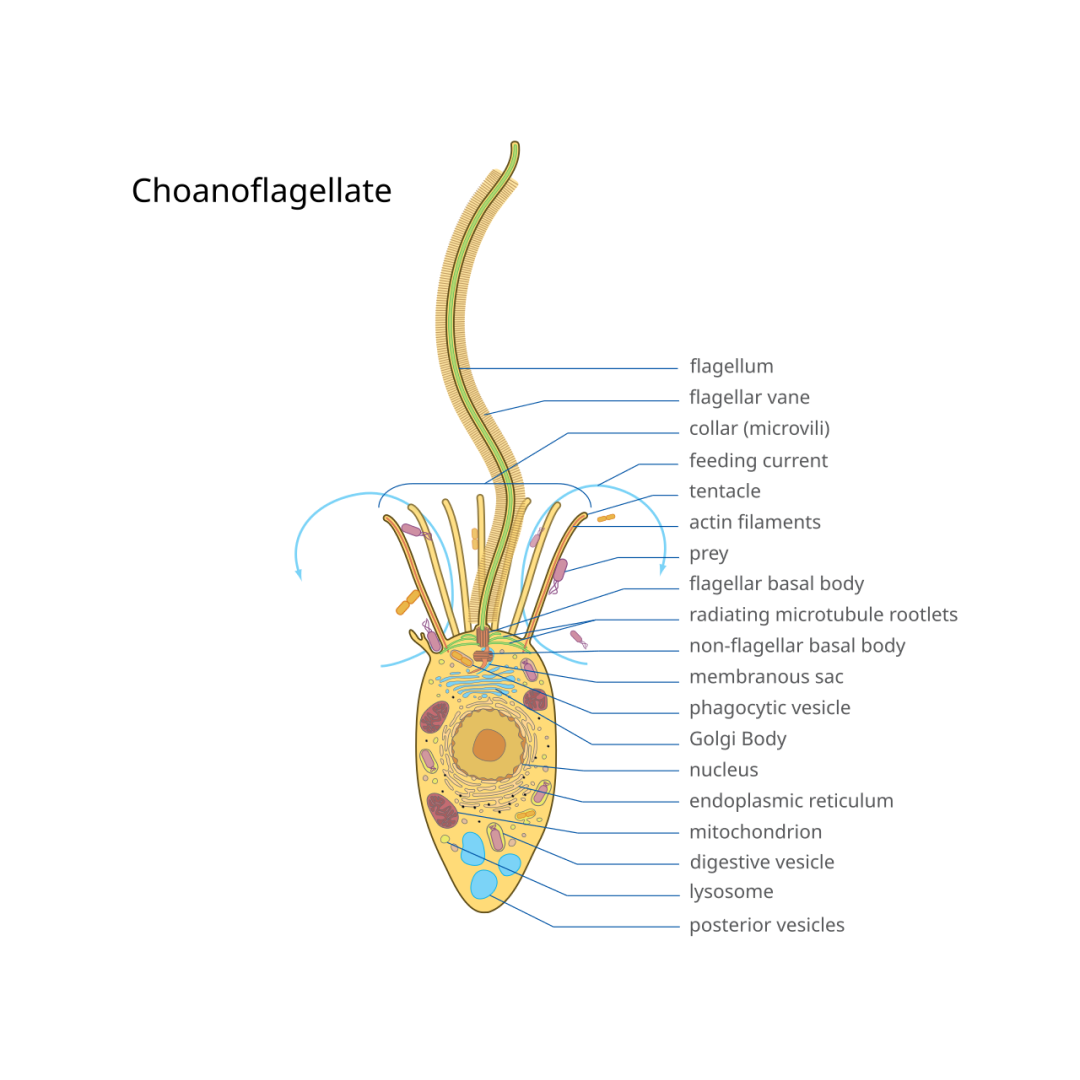
Scientists recreated mouse from gene older than animal life
On Nov. 15, 2024, researchers from Queen Mary University of London and the the University of Hong Kong used a gene found in choanoflagellates, a single-celled organism related to animals, to create stem cells which they then used to give rise to a living, breathing mouse.
Choanoflagellates are the closest living relatives of animals, and their genomes contain versions of the genes Sox and POU, known for driving pluripotency — the cellular potential to develop into any cell type — within mammalian stem cells. This unexpected discovery challenges a longstanding belief that these genes evolved exclusively within animals.
The 2012 Nobel prize to Shinya Yamanaka demonstrated that it is possible to obtain stem cells from “differentiated” cells just by expressing four factors, including a Sox (Sox2) and a POU (Oct4) gene. In this new research, through a set of experiments conducted in collaboration with Dr. Ralf Jauch’s lab in The University of Hong Kong / Centre for Translational Stem Cell Biology, the team introduced choanoflagellate Sox genes into mouse cells, replacing the native Sox2 gene achieving reprogramming towards the pluripotent stem cell state. The study findings were published in Nature Communications.
Tags:
Source: Queen Mary University of London
Credit:
